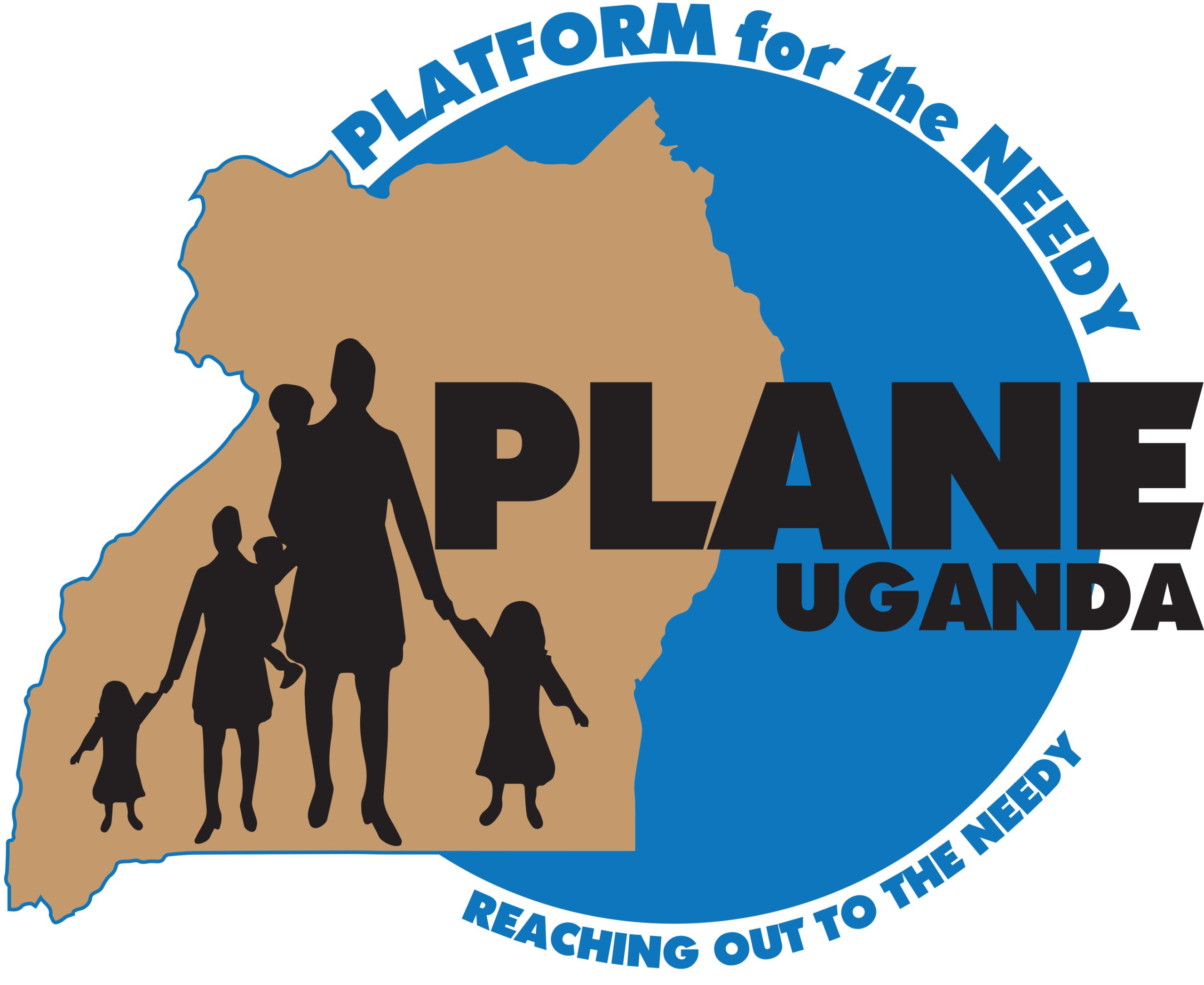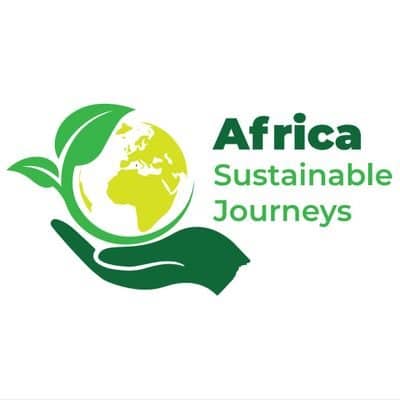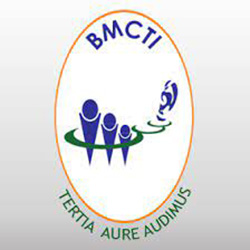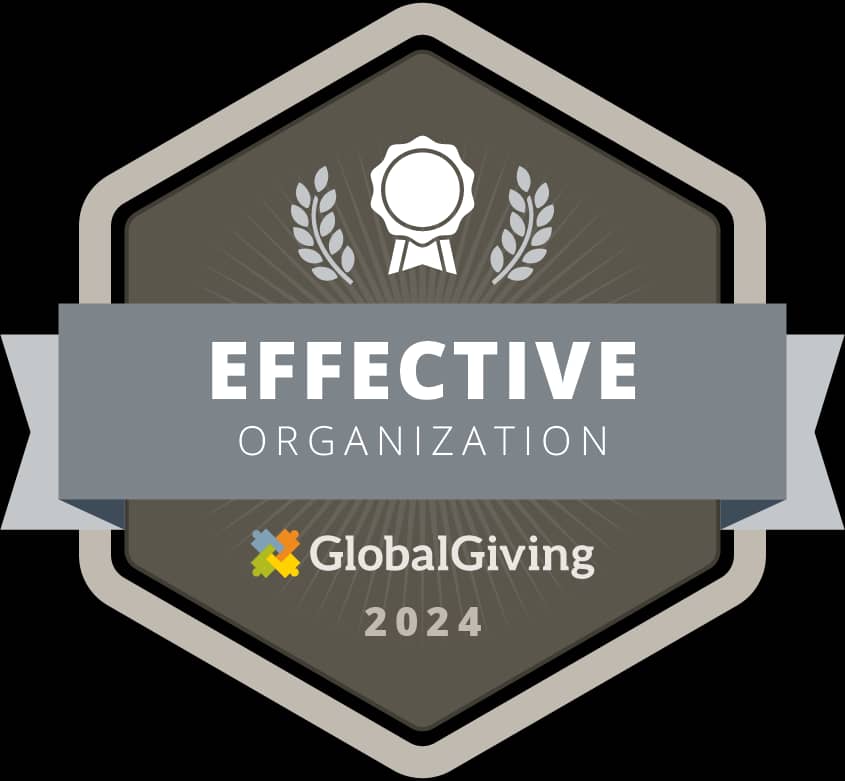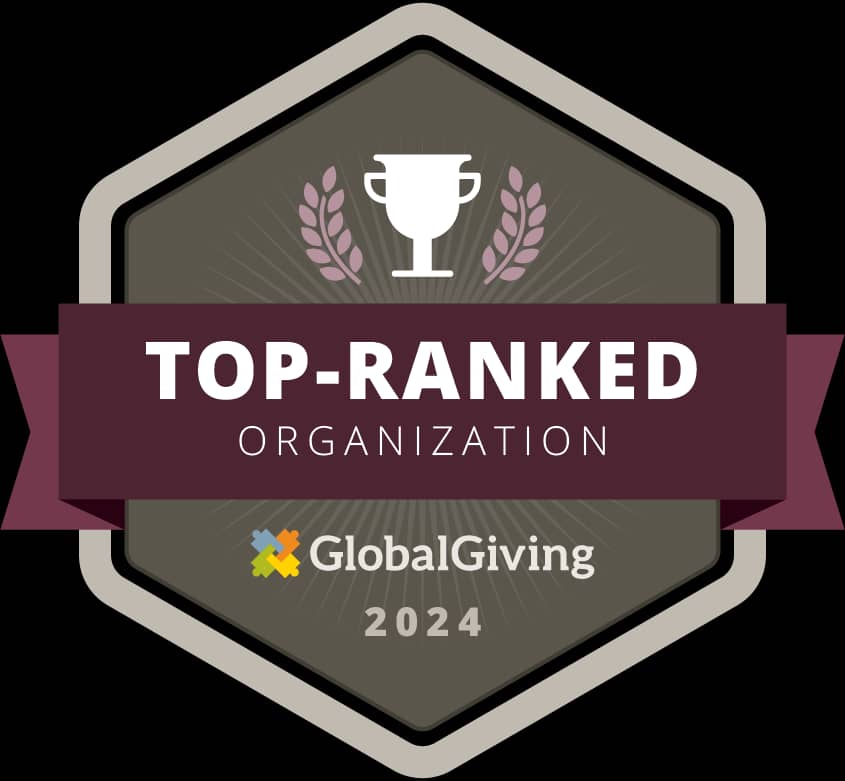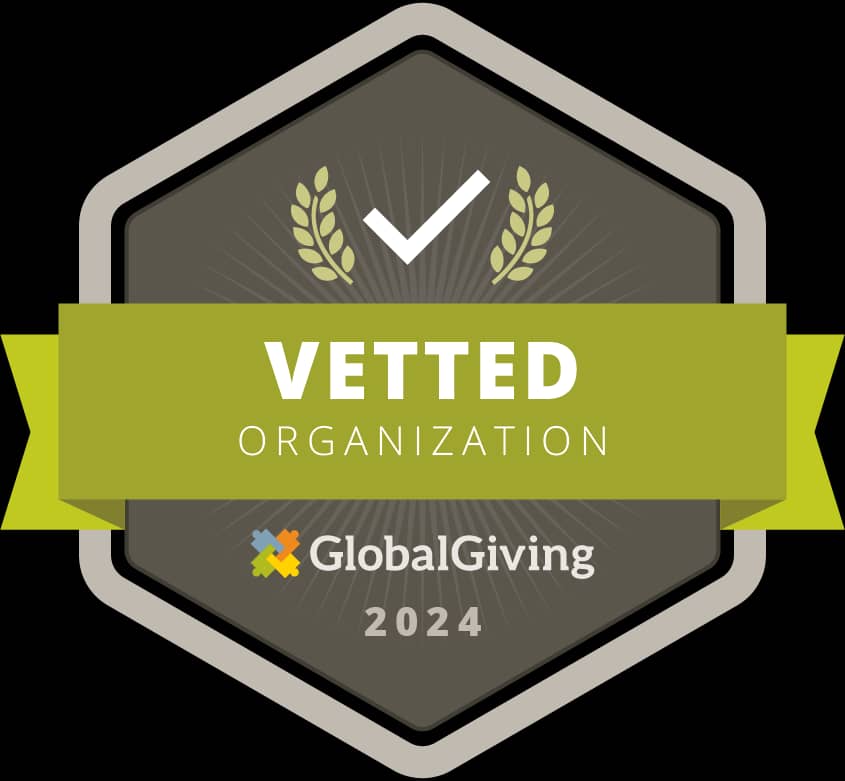Prevalence of HIV and Antiretroviral Therapy (ART) Coverage in Uganda: A Comprehensive Study of 2022 Trends
Ismael Valladolid-Acebes, PhD
Organizational Development Director at PLATFORM for the NEEDY (PLANE)
1. Background
In 2022, Uganda made significant progress in combating HIV/AIDS, facing both challenges and achievements. On January 28, 2003, the U.S. President’s Emergency Plan for AIDS Relief (PEPFAR) was announced, marking the largest commitment by any nation to address a single disease. By September 2022, over 1.3 million people with HIV in Uganda were receiving PEPFAR-supported ART, a remarkable increase of approximately 5,000% from September 2004. The effectiveness of the ART program is evident in the reduction of the mother-to-child transmission (MTCT) rate by 77%, from 6.4% in 2010 to 1.5% in 2022, and the increase in the viral load suppression rate (<1,000 viral copies/mL) from 91% in 2016 to 94% in 2022.
Uganda’s HIV prevalence rate stands at approximately 5.1%, with variations across regions and populations. Substantial progress has been made in increasing access to ART, with about 98% of the estimated 1.4 million people living with HIV receiving ART by 2022. High ART coverage has been crucial in reducing AIDS-related mortality and new HIV infections, reflecting Uganda’s commitment to addressing the epidemic through comprehensive healthcare strategies.
2. Aim
This study aims to evaluate the impact of ART coverage on HIV prevalence in 2022 across 146 districts/cities in Uganda.
3. Methodology
Data on HIV prevalence and ART coverage among individuals aged 15-49 years in 2022 were ranked from highest to lowest prevalence. HIV prevalence categories were defined as:
- High: ≥ 7%
- Moderate: 5-6.9%
- Low: ≤ 4.9%
Due to the lack of data stratification, factors such as demographics, socio-economics, and clinical variables could not be analyzed.
Data were sourced from the Uganda AIDS Commission, the Uganda Bureau of Statistics (UBO), and the Uganda Demographic and Health Survey (UDHS) 2022. The data is publicly accessible and stored by PLATFORM for the NEEDY for analysis.
Statistical analyses were performed using GraphPad Prism 5.0. Correlation analyses were conducted using generalized linear modeling (ANCOVA), and comparisons among groups were made using one-way ANOVA followed by Tukey’s post hoc test. Data are presented as Mean ± SD, with statistical significance set at P < 0.05.
4. Results
The study found that 55.5% of districts had low HIV prevalence, 24% had moderate prevalence, and 21% had high prevalence.

Figure 1: Distribution of HIV prevalence and ART coverage in Uganda (2022). (A) Percentage of districts/cities per HIV prevalence category (low, moderate, high). (B) HIV prevalence rates expressed in percentage (%). (C) ART coverage percentages.
Districts with low HIV prevalence had an average rate of 2.78 ± 1.19%. Districts with moderate HIV prevalence had a significantly higher rate of 5.79 ± 0.57%, and districts with high prevalence had an average rate of 9.92 ± 0.45%. No significant differences in ART coverage were observed among the different prevalence groups.
 Figure 2: Scatter plot showing the correlation between ART coverage and HIV prevalence across districts in Uganda for 2022. Blue dots represent districts with low HIV prevalence, green dots represent moderate prevalence, and orange dots represent high prevalence. The trend line indicates the overall relationship between ART coverage and HIV prevalence.
Figure 2: Scatter plot showing the correlation between ART coverage and HIV prevalence across districts in Uganda for 2022. Blue dots represent districts with low HIV prevalence, green dots represent moderate prevalence, and orange dots represent high prevalence. The trend line indicates the overall relationship between ART coverage and HIV prevalence.
Correlation analyses indicated a significant positive correlation between ART coverage and HIV prevalence, though with a poor correlation coefficient and a mild slope.



Figure 3: Correlation between ART coverage and HIV prevalence in 146 districts/cities in Uganda in 2022, stratified by (A) low, (B) moderate, and (C) high HIV prevalence.
5. Preliminary Conclusions
The lack of correlation between ART coverage and HIV prevalence across all districts suggests that general ART coverage was sufficient to prevent an increase in HIV prevalence. According to the WHO guidelines, 89% of the analyzed districts (135 out of 146) had high treatment coverage (80% or more of the eligible population). However, 16 districts still had ART coverage below WHO standards.
| District/City | HIV Prevalence (%) | ART Coverage (%) |
| Gulu | 8,8 | 77 |
| Omoro | 9,3 | 78 |
| Kibaale | 5,2 | 76 |
| Moroto | 2,5 | 71 |
| Mayuge | 3,1 | 72 |
| Kween | 1,8 | 75 |
| Bukwo | 1,9 | 76 |
| Dokolo | 4,9 | 78 |
| Alebtong | 4,8 | 78 |
| Kamuli | 3,3 | 78 |
| Bugweri | 2,6 | 78 |
| Buyende | 2,2 | 78 |
| Luuka | 2,2 | 78 |
| Kaberamaido | 4,8 | 79 |
| Iganga | 3,6 | 79 |
| Namutumba | 2,2 | 79 |
Table 1: District estimates for HIV prevalence (%) and ART coverage (%) for the 15-49 years population in Uganda – 2022.
6. Discussion
Factors contributing to HIV prevalence beyond ART coverage include:
- Cultural Practices and Beliefs: Polygamy and multiple sexual partnerships increase transmission risk; gender inequality limits women’s ability to negotiate safe sex practices.
- Stigma and Discrimination: Fear of stigma discourages testing and treatment; discrimination can lead to social isolation and mental health issues.
- Poverty and Economic Factors: Poverty can drive transactional sex or sex work; limited economic opportunities reduce access to healthcare and education.
- Lack of Education and Awareness: Insufficient sex education leads to low awareness about HIV transmission and prevention; myths and misconceptions persist.
- Healthcare Infrastructure and Accessibility: Inadequate facilities and resources hinder access to testing, prevention, and treatment; shortages of healthcare workers and supplies limit program effectiveness.
- High Mobility and Migration: High migration rates increase transmission risk; migrants often lack access to healthcare and information.
- Biological Factors: High prevalence of other STIs increases susceptibility; low circumcision rates in some areas contribute to higher transmission risk.
- Conflict and Instability: Conflict disrupts healthcare services and increases sexual violence; displaced populations often lack access to prevention and treatment.
- Behavioral Factors: High alcohol and substance use impairs judgment; low condom usage contributes to transmission.
- Policy and Governance Issues: Inconsistent policy implementation; limited funding affects program sustainability.
Addressing HIV in Uganda requires a multifaceted approach that tackles these underlying factors, alongside improving and maintaining ART coverage.
7. References
- U.S. President’s Emergency Plan for AIDS Relief (PEPFAR). Accessed June 21, 2024.
- Dirlikov E, et al. “Scale-Up of HIV Antiretroviral Therapy and Estimation of Averted Infections and HIV-Related Deaths – Uganda, 2004-2022.” MMWR Morb Mortal Wkly Rep. 2023 Jan 27;72(4):90-94. doi: 10.15585/mmwr.mm7204a2. PMID: 36701255; PMCID: PMC9925129.
- ANNUAL JOINT AIDS REVIEW REPORT FY 2022/23. UGANDA AIDS COMMISSION. Last retrieval: November 2023. Uganda AIDS Commission Report. Accessed June 21, 2024.
- North Carolina Center for Public Health Preparedness. “Overview of outbreak investigations.” Focus on Field Epidemiology 1(1):1-6. Overview of outbreak investigations. Accessed June 21, 2024.
- Reingold AL. “Outbreak investigations–a perspective.” Emerg Infect Dis. 1998 Jan-Mar;4(1):21-7. doi: 10.3201/eid0401.980104. PMID: 9452395; PMCID: PMC2627658.
- Zar H. “Biostatistical Analysis” (Prentice-Hall, 4th ed, 1999), chap. 18.
- World Health Organization. “Consolidated guidelines on the use of antiretroviral drugs for treating and preventing HIV infection: Recommendations for a public health approach.” 2nd ed. 2016. Geneva, Switzerland: WHO. WHO Guidelines. Accessed June 21, 2024.
- Avert. “HIV and AIDS in Western and Central Europe and North America – Regional Overview.” 26 March 2018. Avert Regional Overview. Accessed April 30, 2018.
Achievements for the Internship with the Current Report
Data Collection & Analysis – Clinical Research
- Worked with real data from research studies.
- Performed general data analysis and checked for anomalies.
- Labeled the dataset based on HIV prevalence and ART coverage in Uganda – 2022.
- Checked for concordance between dataset and subjective reports.
Public Health Awareness and Education Assistance
- Researched on best platforms for clinical messages and public healthcare awareness.
- Generated written materials and provided recommendations on the topic.
